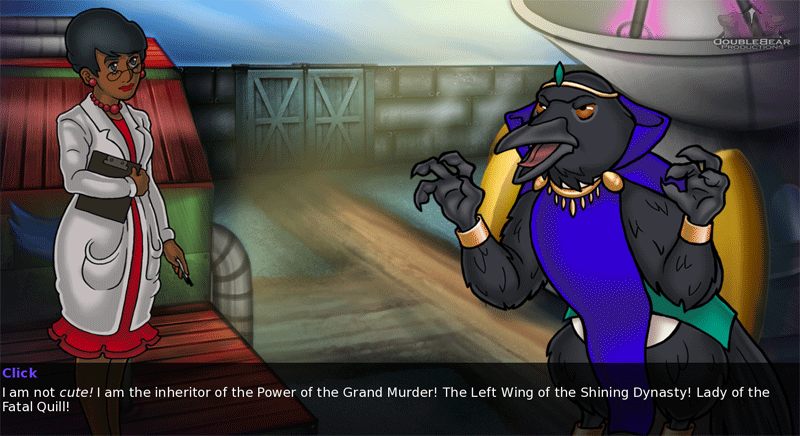It’s inevitable for most that some projects are simply not going to make it to release for myriad reasons. There are still lessons to be learned from them. Below are a few of the canceled games I worked on, with an emphasis on skills or proofs of concepts I learned from them.
PANIC in the Multiverse!
A shot of the prototype with work-in-progress art. The game relied on tactical use of the hero skills, item use, special/status attacks, and combo meters, with the intent of trying to push forward to the enemy base before they could push forward to yours.
Released: N/A
Developer: DoubleBear Productions
Platform: PC/Phone
Engine: Unity
Genre: RPG/Strategy
Role: Project Lead
Panic was designed to be a more comedic pixel-based game inspired by a love of 16-bit style, Saturday morning cartoons, and JRPG/strategy games. The central design revolved around a dimension-hopping base called PANIC base (Pandimensional Attack Nexus and Intelligence Command) that employed heroes from all over the multiverse to fight the forces of a multidimensional conqueror. The gameplay revolved around a tug-of-war style JRPG battle system where players put together groups of heroes with unique special moves and powers and fought waves of enemies in an attempt to beat them back to their base and do enough damage to win the level before all heroes or the player’s base were lost. It was in the very early stages of development and had almost no budget.
The cutscene editor for the game was designed to allow for two characters to speak or enter sides of the scene and switch their default pose per line. It was simple to create and render, mimicking the cutscenes in earlier generation games where animation budgets were limited. There was also functionality to assign and play VO on each line. It was still in the prototype phase when the game was canceled.
Most of my work for PANIC involved the following:
Project leadership
IP and narrative rules
Combat system prototyping and direction
Cutscene Tool development
Character and story writing
While PANIC in the Multiverse! was ultimately canceled because of time, other commitments, and budget constraints, the work done on the IP, characters, and art was salvaged in PANIC at Multiverse High!, which came out in 2016.
Unannounced Obsidian Action-RPG
Released: N/A
Developer: Obsidian Entertainment
Platform: PC/Consoles
Engine: UE3
Genre: Action-RPG
Role: Narrative Lead
Can’t say much about this one because it was canceled before it was announced, but my role on it included:
Designing and prototyping a real-time reactive dialogue system that allowed for players to “walk and talk” with their companions, including “timed” replies for if you didn’t chat back at them
Adapting a well-known IP for a Pixar-inspired storyline
Writing and developing the main cast and narrative elements
Cutscene development
Level and creature support
If there’s one canceled project that I wish I could actually finish, it would have been this one.
TORN
Released: N/A
Developer: Black Isle Studios
Platform: PC
Engine: Lithtech
Genre: RPG
Role: Writer/Designer
Technically, I think the title was Black Isle’s TORN but it didn’t come out, so let’s just call it by its simpler name. This was my first ever game as a designer, which was thrilling but ended in heartbreak. At some point or another we all learn the game production gods are rarely merciful. This game was an original dark fantasy IP incorporating a version of the SPECIAL system used in Fallout, which was exciting because Fallout was one of the games that made me want to go into narrative design.
My responsibilities included:
Helping to develop the races and lore of the world of TORN
Companion development and writing
Web-based stories to help introduce the world of TORN
Level and quest design
I can’t say what TORN would have developed into, but the development headaches definitely helped me learn how to properly scope and develop around technical limitations. The early Black Isle Studios dialogue templates taught me a lot about how to improve dialogue editors on my subsequent projects. I also had to do on-camera press for the first time on this one and it was a disaster - I can only hope the internet has swallowed those baby-faced interviews. While I’ll always wonder “what if” for this project, it’s hard to say what the reception to TORN would have been.
One of the few surviving images of TORN from a demo we showed at GDC 2000. The level in this shot was on the first few put in production, co-designed by a green designer who went on to do much more impressive things.


